Iconic German Cars That Changed the Game
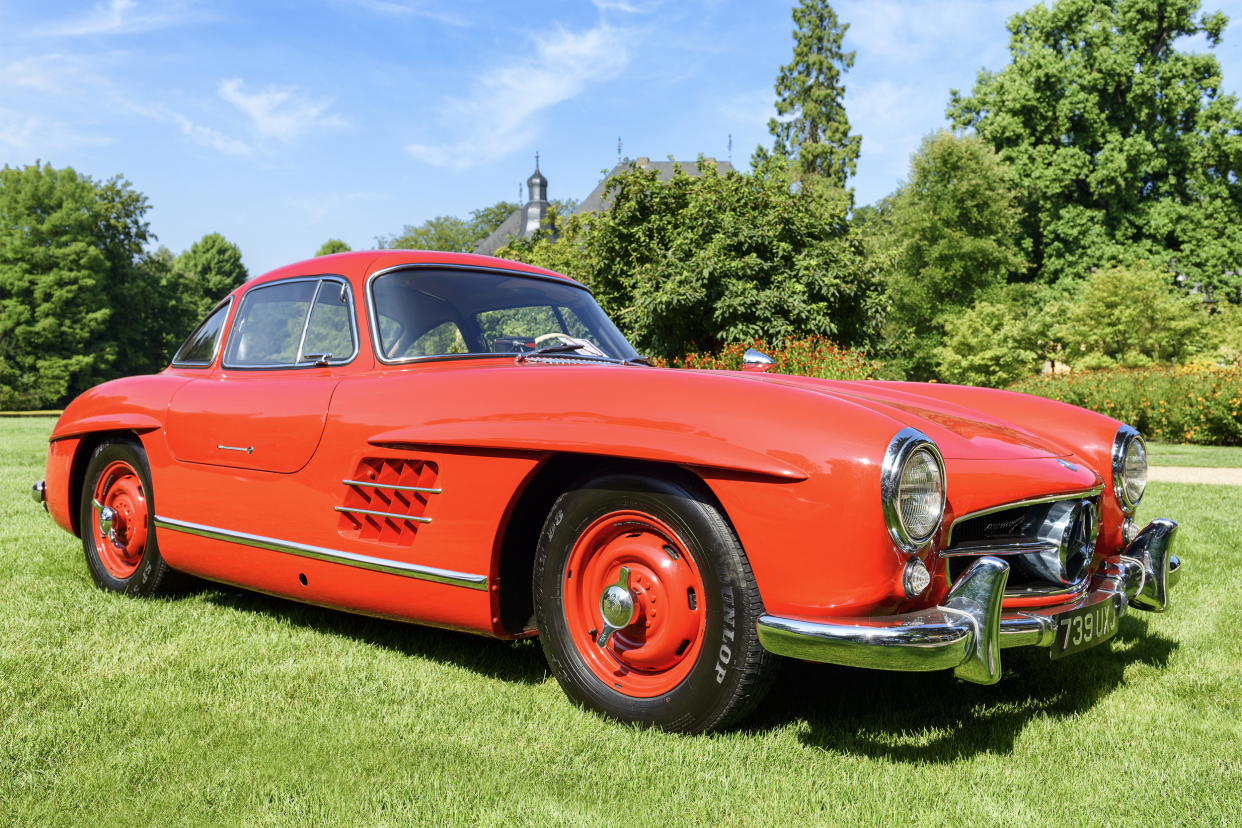
German vehicles are truly in a category of their own. The four-stroke internal combustion engine was invented in Germany in the late 1800s. It was the dawn of the automobile era, and by 1901, German automakers were producing 900 cars a year. In the ensuing century-plus, Germany has become synonymous with automotive precision, performance, and innovation. Why else would a German car, a 1955 Mercedes-Benz 300 SLR Uhlenhaut Coupe, break the record for most expensive car ever sold, fetching a jaw-dropping $143 million at auction? Here are the German cars that truly raised the bar — which, in many cases, had been set by an earlier German car.
Related: 23 Places to Get Behind the Wheel of a Sports Car You Can't Afford
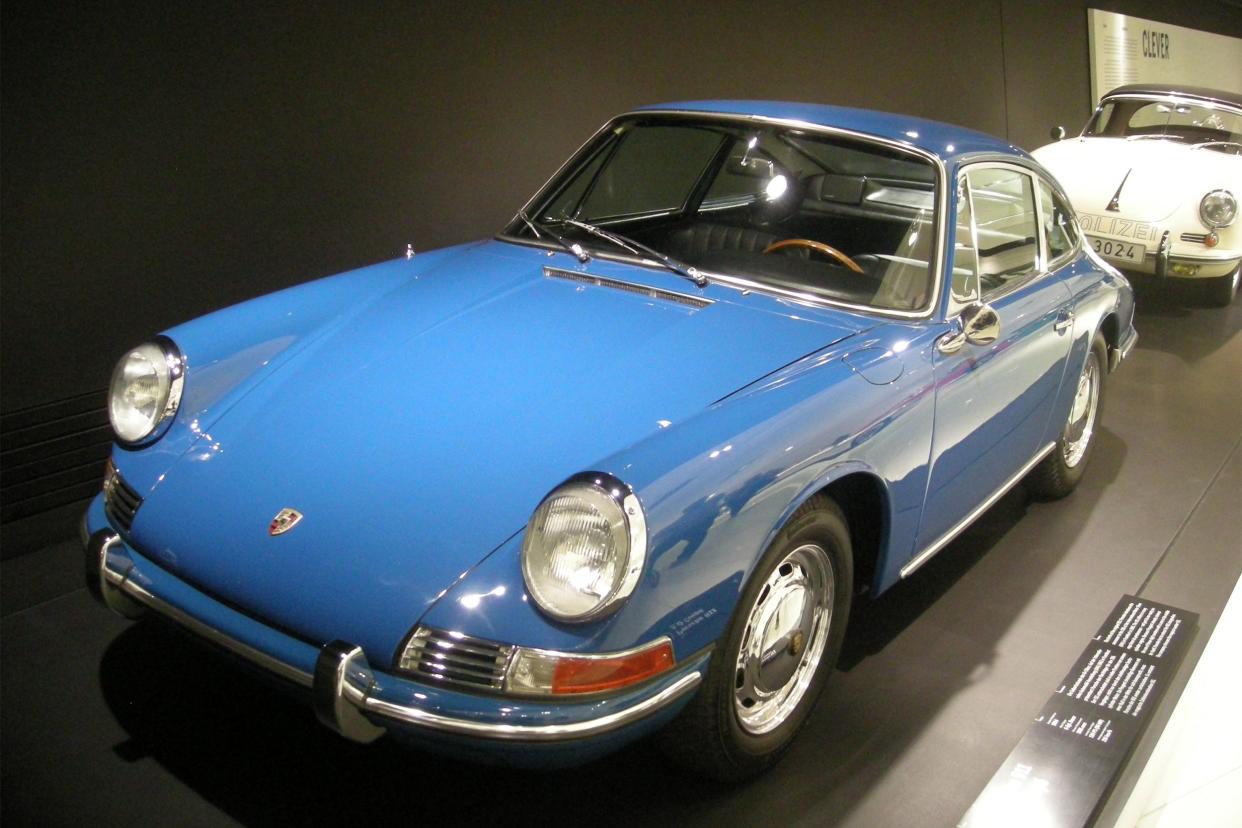
You can't talk about German cars without talking about Porsche, and you can't talk about Porsche without mentioning the brand's signature set of wheels: the 911. At the 1963 Frankfurt IAA Motor Show, the world met the Porsche 901, which was renamed 911 for its 1964 market launch. It was a before-and-after moment in sports car history. The word "legend" is tossed around a bit too loosely by auto enthusiasts, but in this case, it may be the only fitting word to describe the 911's place in history as one of the most celebrated and oldest continuously produced sports cars on Earth. Many variations would follow, including the Targa, Carrera, and Turbo, but the car that embodies the Porsche brand in style and performance still looks remarkably similar today.
Related: 20 Porsches We Dream About Driving
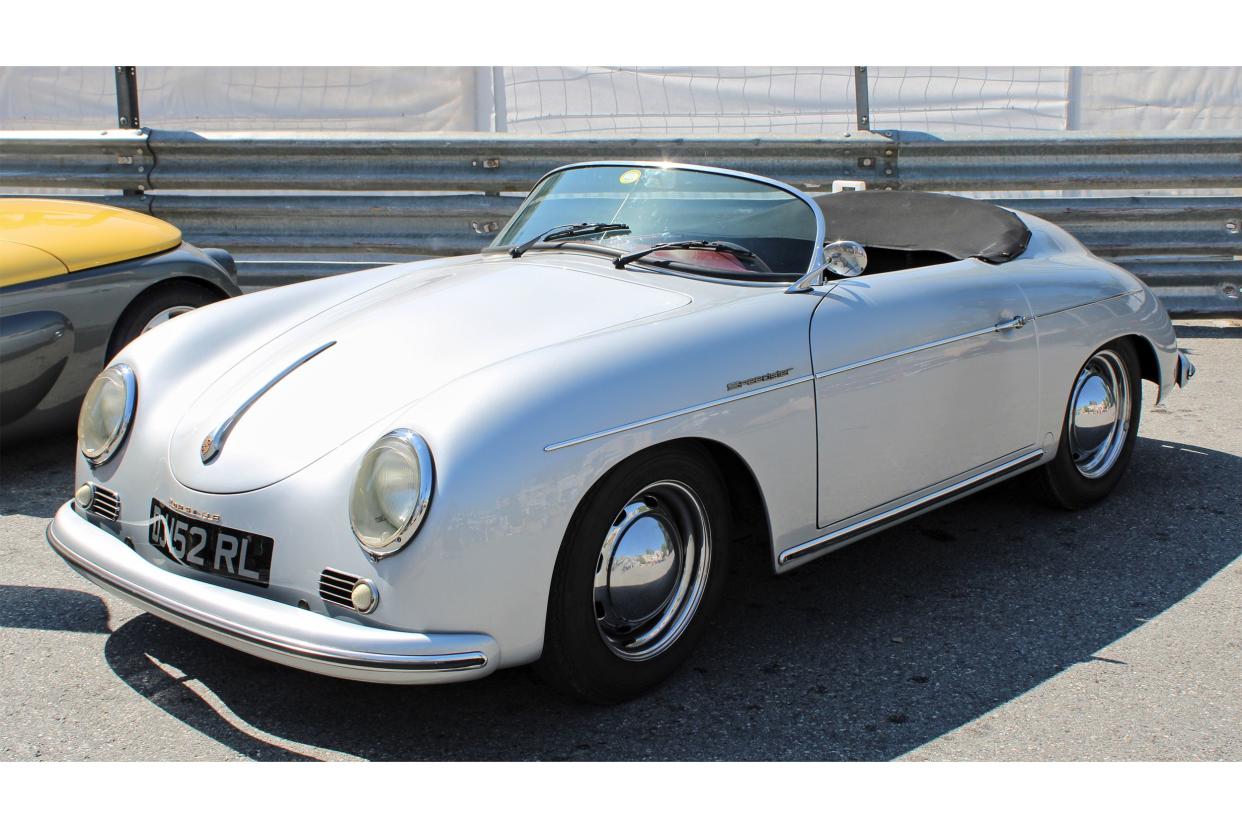
There would be no Porsche 911 without the 356, and there's no 356 collectors value more than the Speedster. It was the first car to bear the Porsche name and was road certified in June 1948. With rear-wheel drive and a rear-engine layout, the fast, nimble, and beautiful 356 would be the standard by which all 911s — and therefore all sports cars — would be judged in the years that followed.
Related: Luxury Cars Under $50K That Are Totally Worth Owning
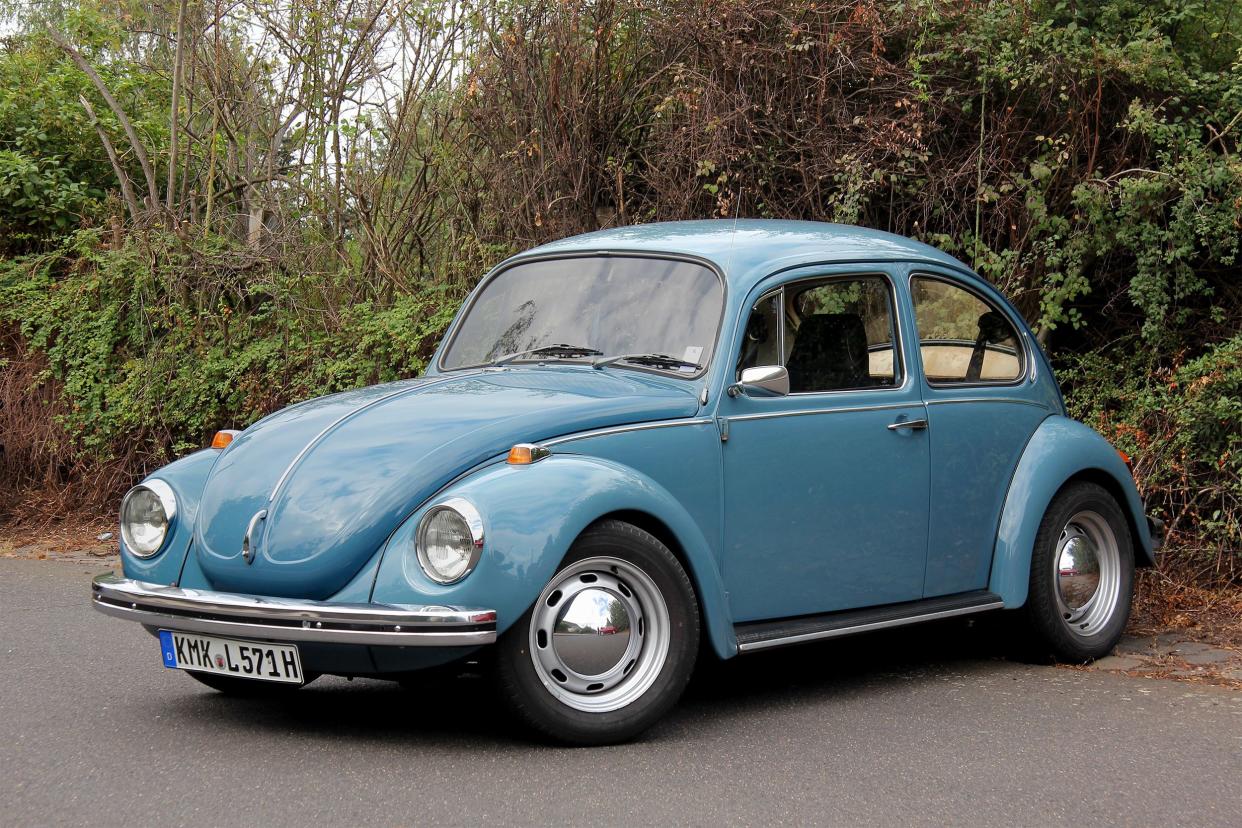
Nobody will ever describe the punch buggy as a high-performance precision machine like a Porsche, but it would be a challenge to name a car that's more instantly recognizable and beloved than the Volkswagen Beetle. In 1938, Adolf Hitler commissioned Ferdinand Porsche to design a small, affordable car for the masses, a "people's car," which is the genesis of the VW brand name. After World War II, it was slow to catch on stateside, mostly because nobody in America wanted a Hitler-mobile. Then in 1959, the New York advertising firm Doyle Dane Bernbach masterminded one of the greatest marketing campaigns of all time. The famous "Think Small" ads launched the Bug into the American consciousness, and it was suddenly everywhere from Woodstock to "Herbie the Love Bug."
Related: The Secret Histories of 25 Popular Brands
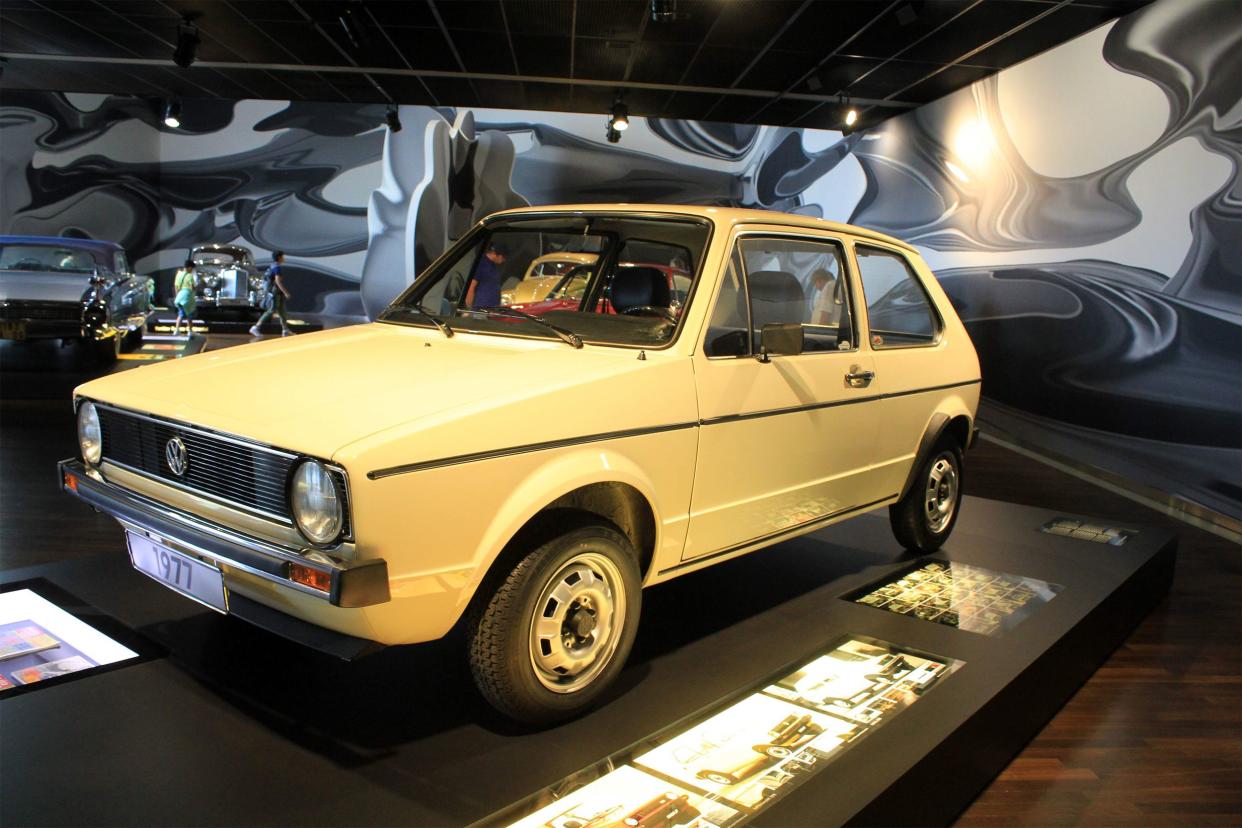
When the MK1 Golf emerged in 1974 ('75 in the United States, where it was known as the Rabbit), it was intended to replace the Beetle, although it never really did. What it did accomplish, however, was to become one of the world's bestselling vehicles and a synonym for affordability, reliability, and fun. It was a watershed moment, marking VW's move from rear-wheel drive to front-wheel drive as well as to water-cooled, front-mounted engines. Now in its eighth generation, the venerable Golf is the ultimate hatchback, the bestselling car in VW history, and one of the three most-purchased vehicles in the world.
Related: The Bestselling Cars From the Past 40 Years
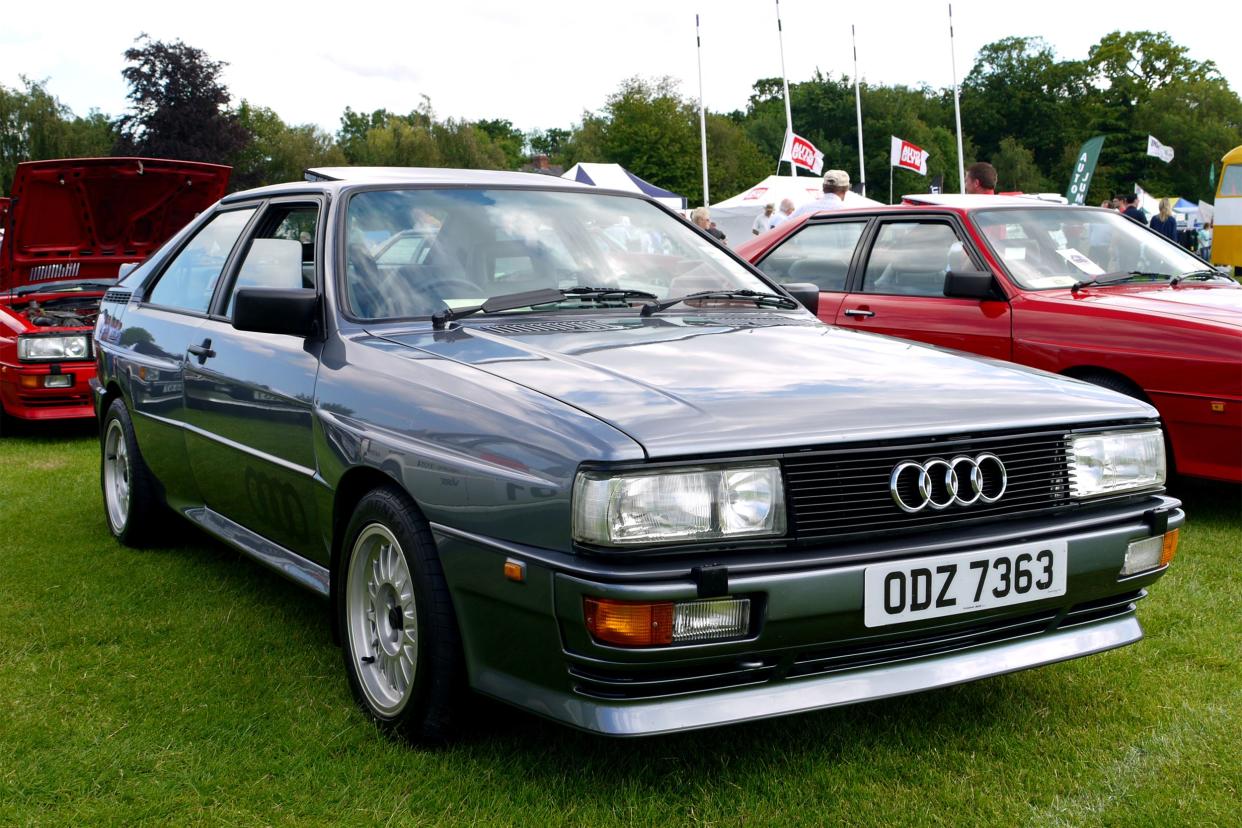
In 1981, Audi defied conventional wisdom and proved that two-wheel-drive cars with rear-mounted engines were not the only vehicles capable of dominating the rally circuit. Audi's four-wheel-drive Quattro system battered the competition in the major rally races throughout the decade, which compelled Audi to adapt the motorsport concept for the development of a road car. Every Audi since has incorporated Quattro four-wheel-drive technology, and the brand is now synonymous with AWD luxury.
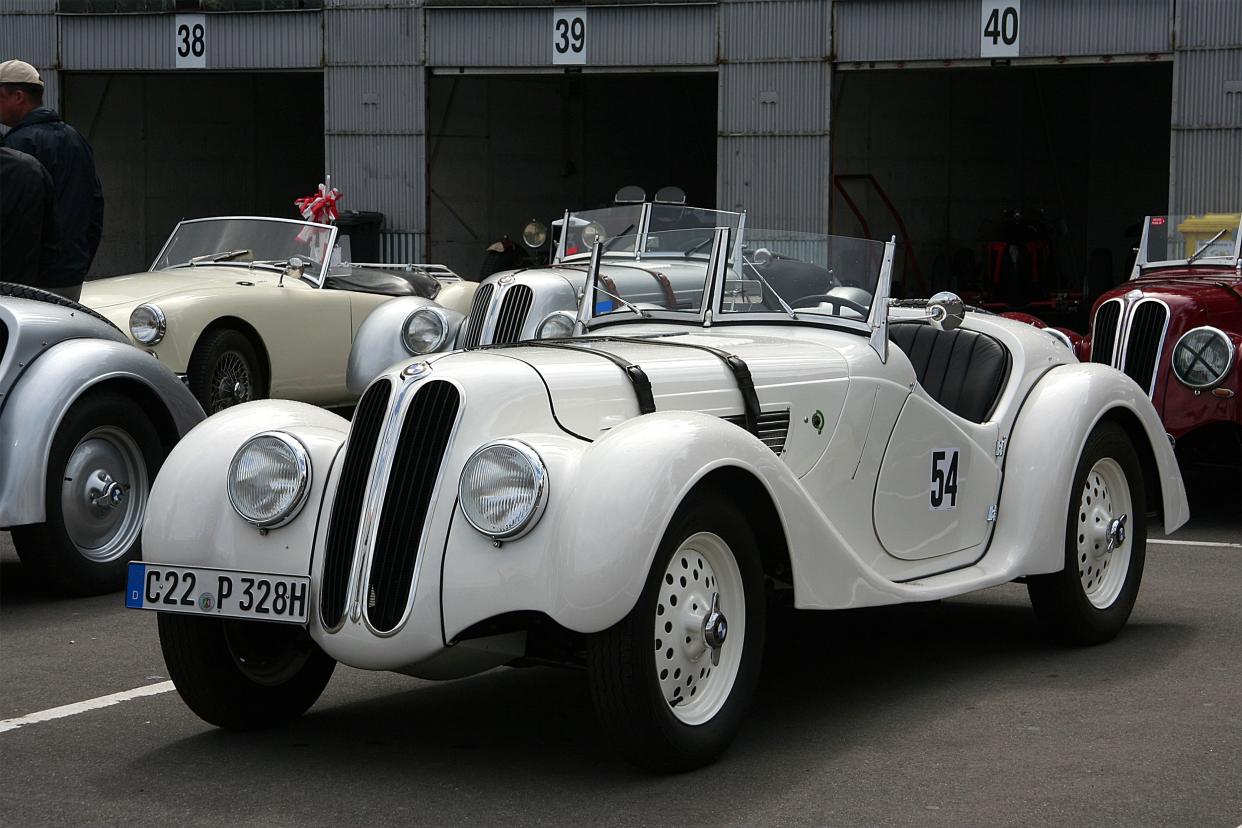
Only about 1% of Germans owned a car in 1936, yet that year stands as the genesis of BMW motorsports with the arrival of the 328 Roadster, which instantly rendered all sports cars that came before as relics from another age. The iPhone of cars for its time, it signaled the dawn of an era. Powerful, light, and modern, the 328 proved itself right away by winning the Eifel Trophy Race at Nürburgring and followed up that highly public victory with several more. In 1937 it earned 100 class wins, and in 1938 it won in its class at most major world events, including Le Mans, where it placed fifth overall.
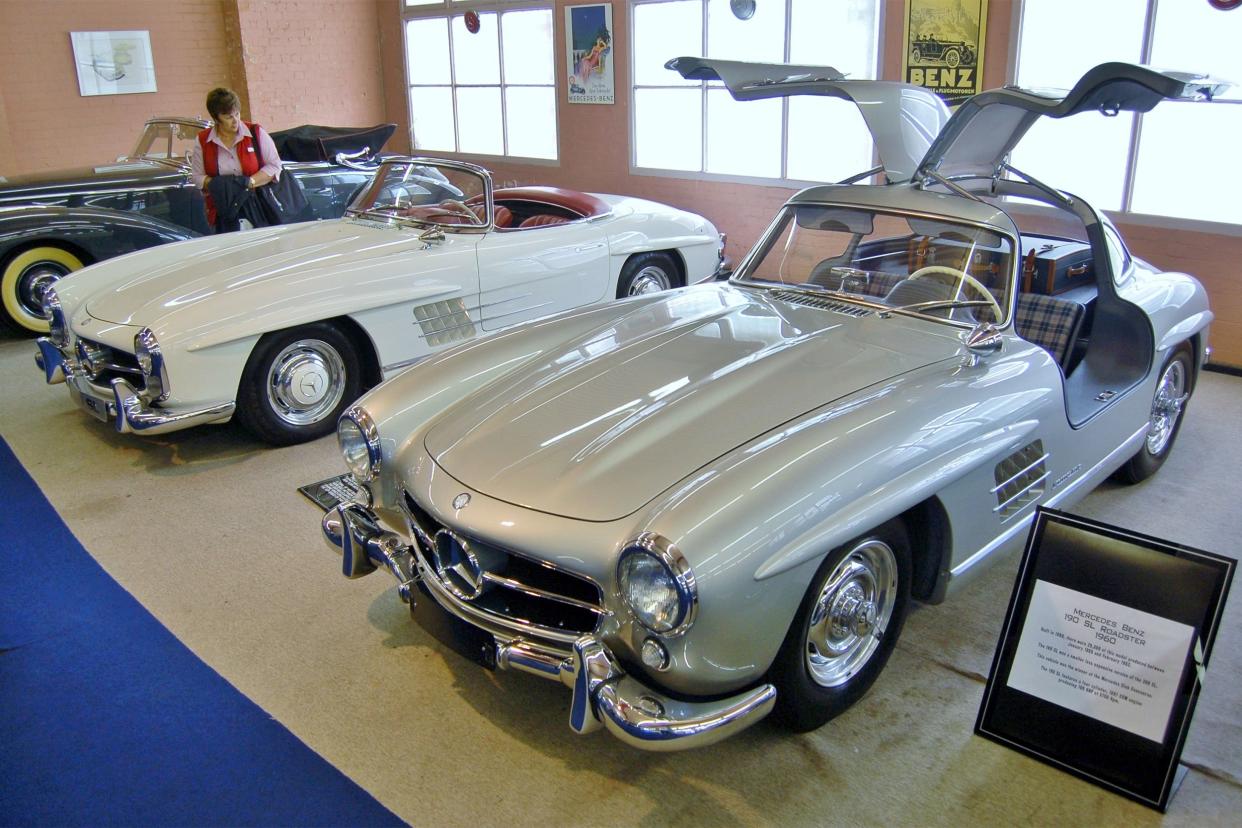
The Mercedes-Benz 300 SL was a gullwing coupe from 1954 to 1957 and a roadster from 1957 to 1963, although it was first crafted as a racing car in 1952. It was the first vehicle ever to be designated SL (super light) and, perhaps more important, the first production car with fuel injection. In terms of branding, it was the first Mercedes to enjoy real success outside of Germany, and it introduced the automaker to the American market as a bona fide European luxury brand. The SL is still in production today, giving it a longer lineage as a continuous-production sports car than even the vaunted Porsche 911.
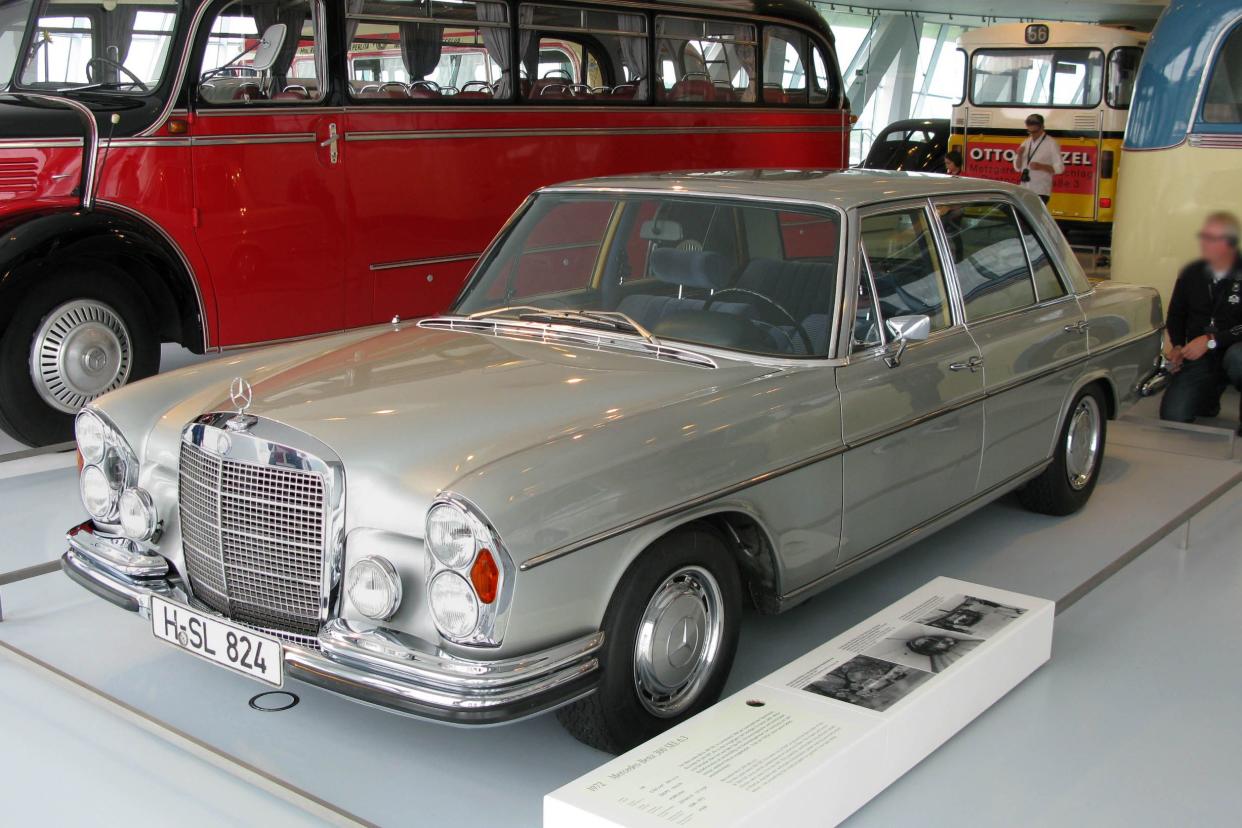
Although it lasted only four years, from 1968 to 1972, the Mercedes-Benz 300 SEL 6.3 remains one of the greatest Benzes in history. The carmaker borrowed the massive 6.3-liter M100 V-8 engine from the ultra-luxe 600 limousine and dropped it into the top-of-the-line 300 SEL, which was powered by six cylinders. What emerged was the most luxurious Mercedes on Earth, as well as the most powerful. A nearly 2-ton sports sedan that behaved like a muscle car but rode like a limo, the 300 SEL 6.3 was the fastest four-door production car in the world when it first made audiences drool at the Geneva Motor Show in 1968.
Related: 43 Most Over-the-Top Trucks You Can Buy
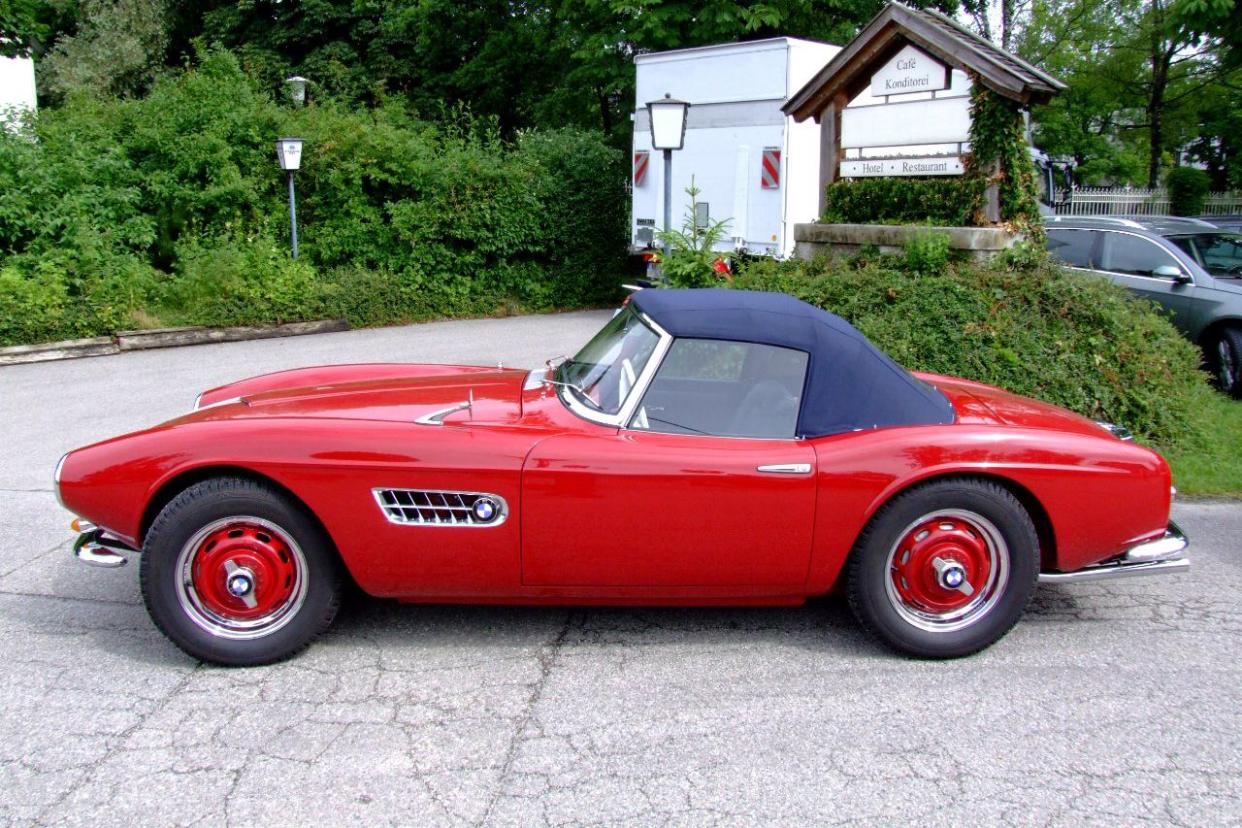
From 1956 through 1959, BMW produced only 253 units of one the greatest cars in the brand's history: the BMW 507. Although the automaker had planned to produce and export thousands of them to the United States, the $9,000 price tag proved far too expensive, even in the postwar boom years. BMW ate heavy losses, and the model was a failure — for BMW, that is. For those who got their hands on one, and the collectors who maintain them today, the 507 is one of the great gems in automotive history. Largely hand-built with absolutely gorgeous styling, it was available as a hardtop or convertible and could climb from zero to 62 mph in seven seconds with a top speed of 138 mph — lightning-fast for the late '50s.
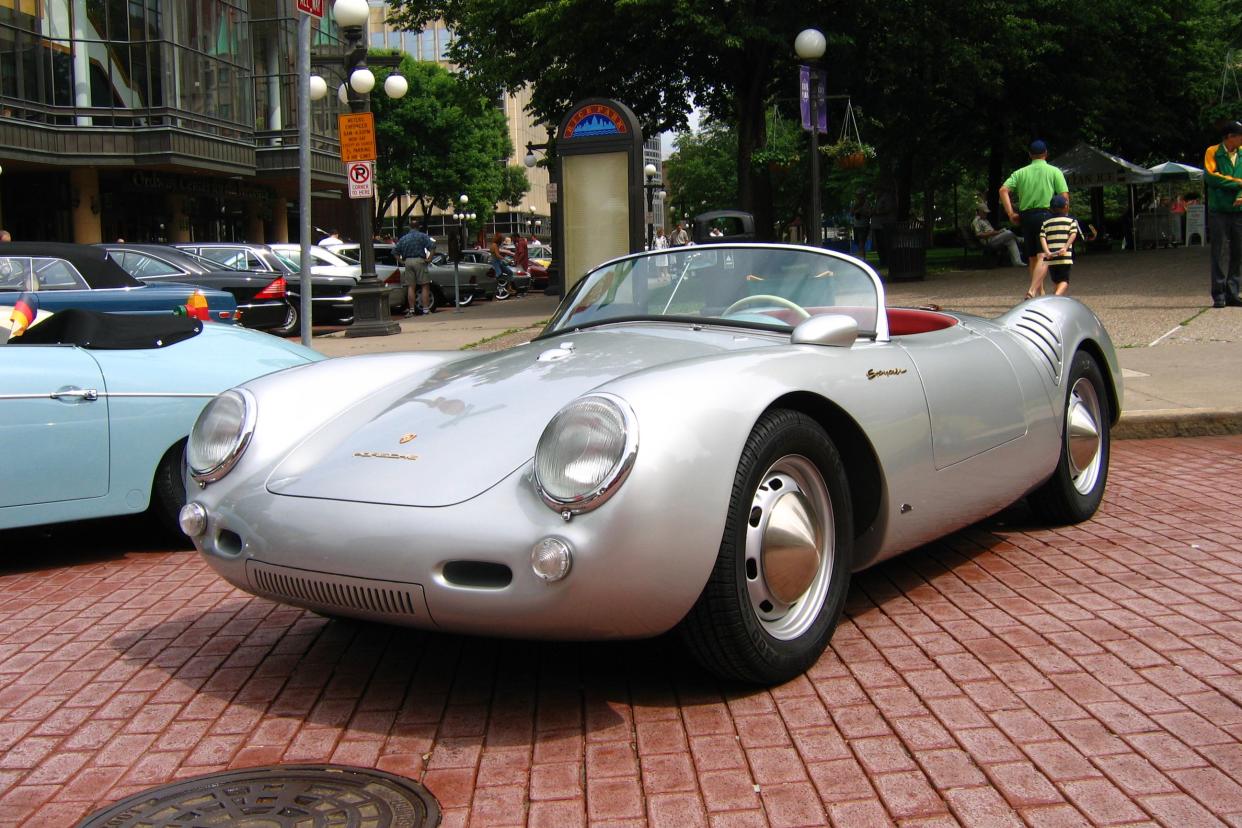
Known as the "Giant Killer," the Porsche 550 got its name by taking on and defeating much more powerful cars from established brands such as Maserati, Ferrari, and Mercedes in the world's most important races. Built by hand between 1953 and 1956, only 90 were ever made, and they remain among the most coveted collector cars in the world. Decades later, in the early 1990s, the struggling automaker would revive the Porsche brand with the Boxster, which resurrected the Spyder's mid-engine layout. The 550's fame is also tainted with infamy: James Dean was driving a Spyder when he died in a car crash in 1955.
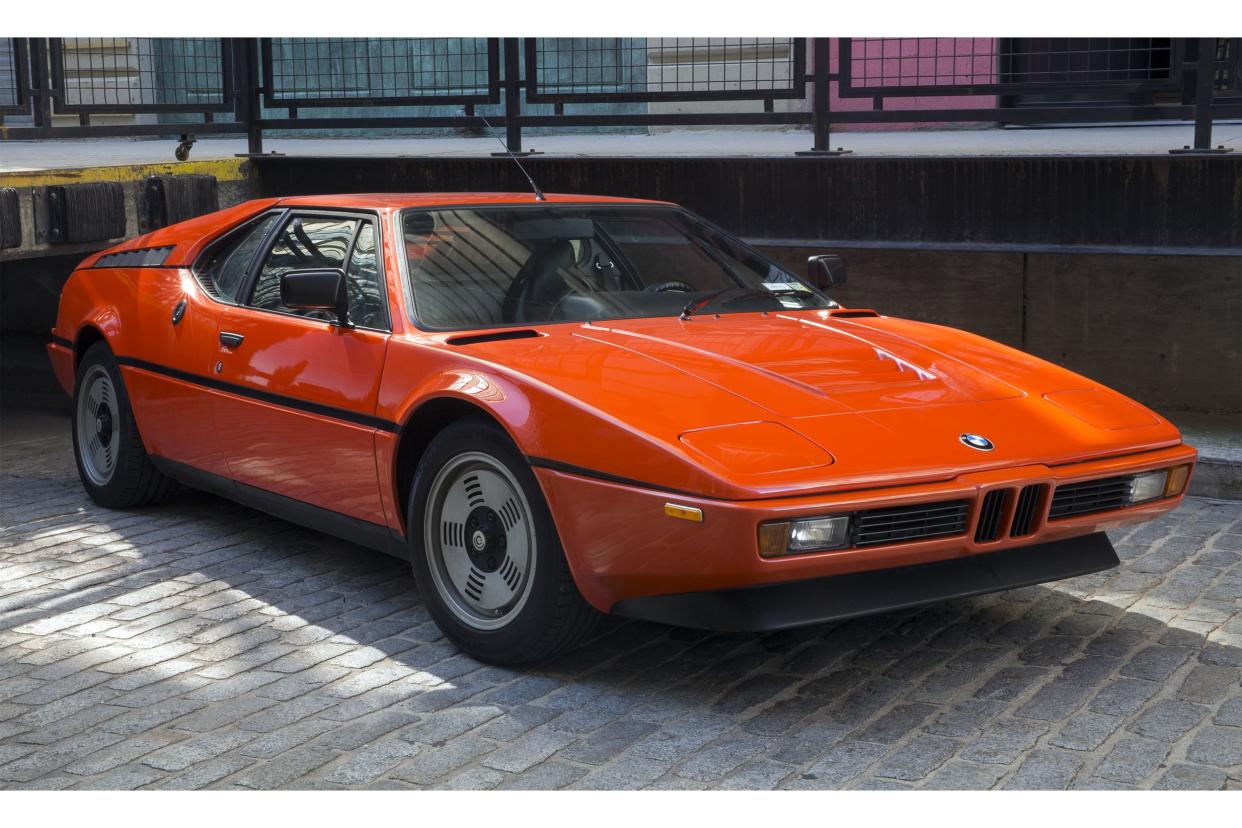
Although the BMW M1 was designed in conjunction with Lamborghini, the BMW/Lambo partnership dissolved before the vehicle could hit the road. The first mid-engine production car in the automaker's history, it was built for racing and mass-produced only to satisfy certain racing guidelines. Fewer than 450 road versions of the M1 were ever made; all were sold between 1978 and 1981. One of the greatest sports cars of the 1970s and among the greatest racing cars of all time, the M1 was the genesis of BMW's entire M-model line in the modern era.
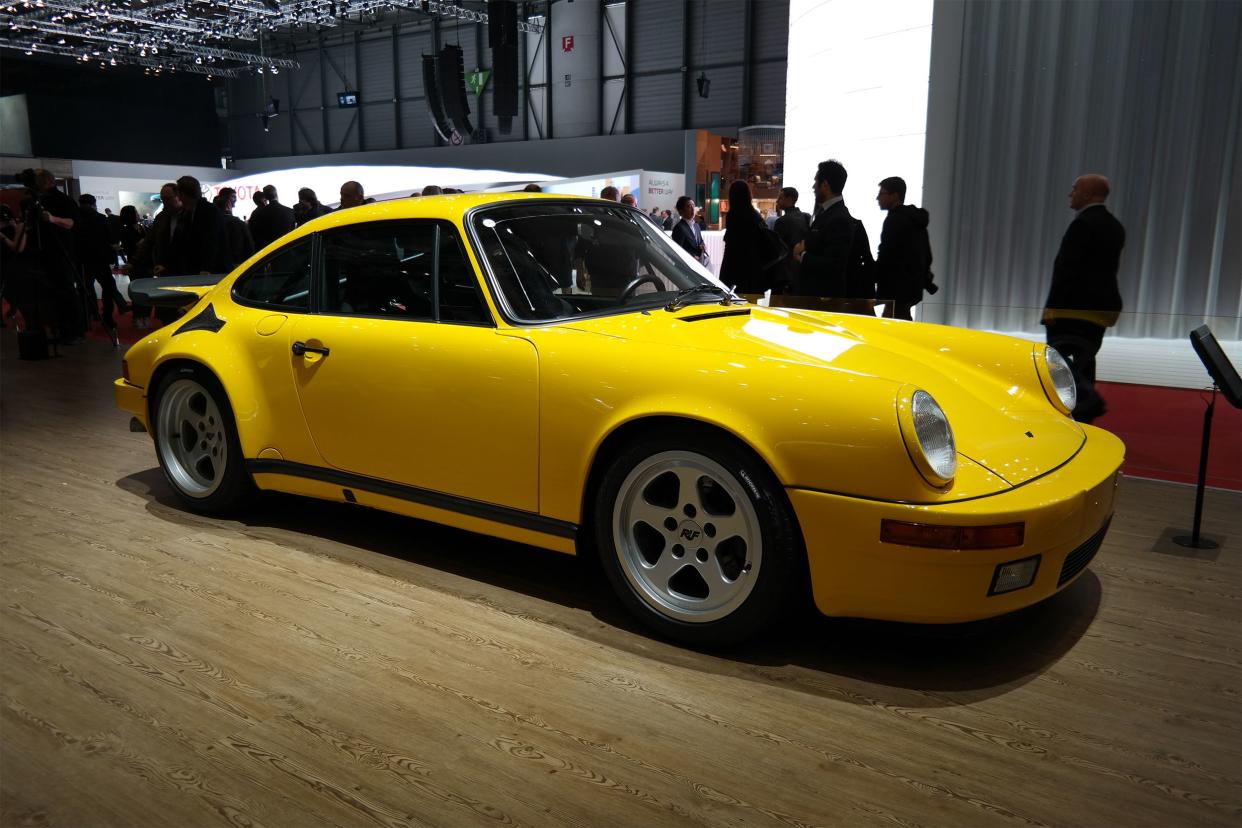
In 1987, one car and one car only could claim to be faster and more capable than the vaunted Ferrari Testarossa, Porsche 959, and Lamborghini Countach, whose posters adorned the bedroom walls of car-obsessed kids everywhere: the RUF CTR "Yellowbird." With a top speed of 213 mph — impressive today and virtually unheard of in 1987 — it won unofficial record laps at the Nardo Ring, the Nürburgring-Nordschleife track, and Volkswagen's Ehra-Lessien test track in Germany. Only 29 were ever built, fewer than the legendary Ferrari 250 GTO.
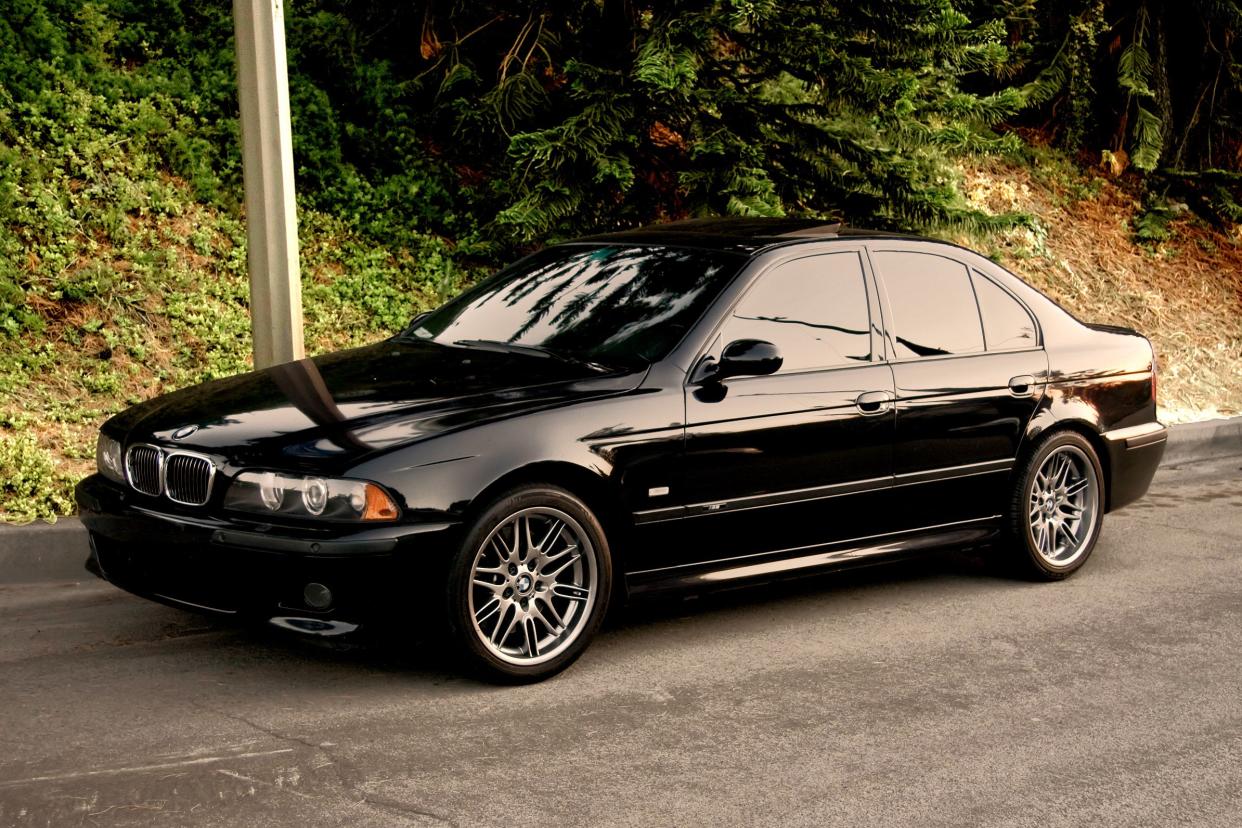
The E39 is widely hailed among BMW enthusiasts as the greatest generation in the 5 Series, and of the E39 era, the M5 is known as the best four-door that BMW has ever made — maybe the best sedan ever to come out of Germany. The first 5 Series ever to use aluminum components in the front suspension, the E39 generation was also the first to offer a four-cylinder diesel engine when it debuted in 1993. When the M5 was unveiled at the Geneva Motor Show in 1998, however, it had a multi-link rear suspension and, more importantly, became the first M5 to boast an eight-cylinder engine — a 4.9-liter S62 V-8, to be exact.
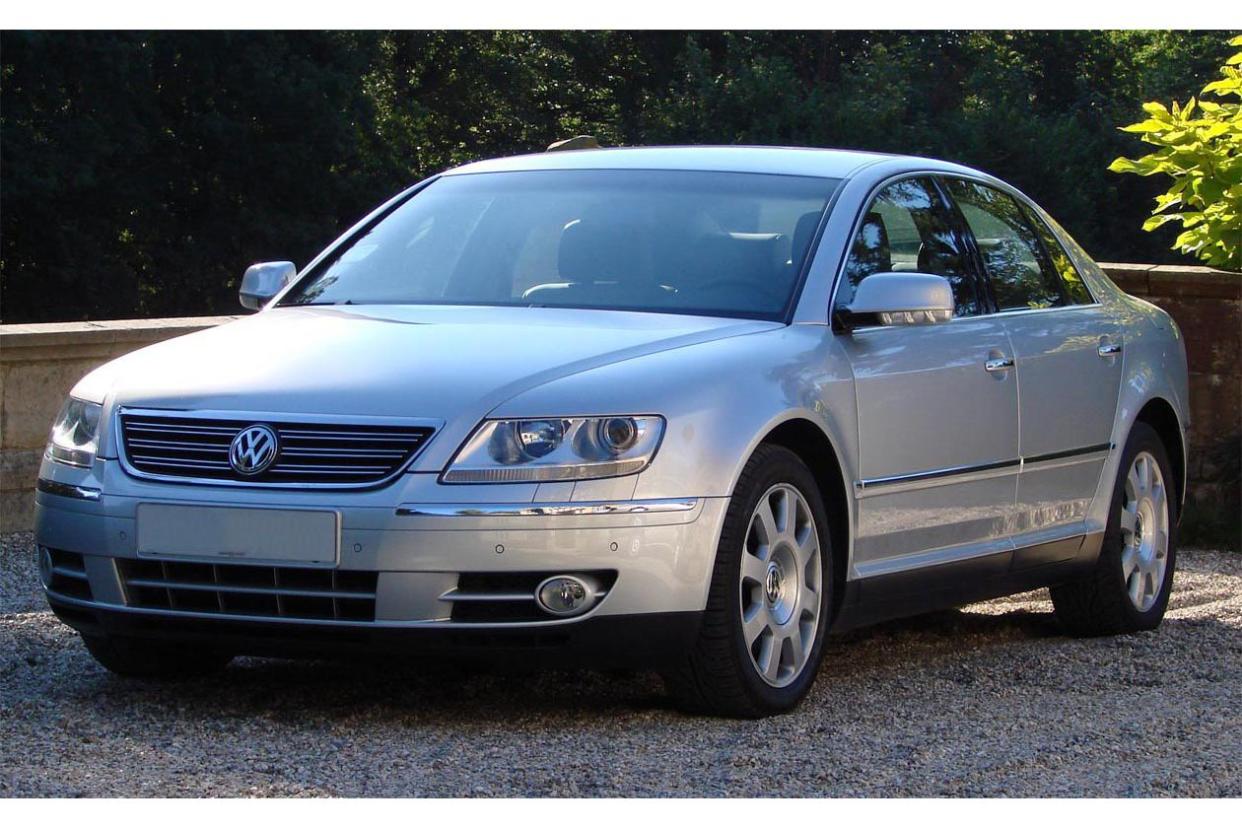
In 2004, VW tossed that whole "people's car" philosophy and designed a limo-esque luxury vehicle designed to compete with none other than the Mercedes-Benz S Class. Available with a monstrous W-12 engine (not a V-12), the Phaeton was packed with features that were unheard of in the mid-2000s, including four-zone climate control, massaging back seats that were heated and ventilated, and electrically controlled folding headrests. The car was a flop — VW lost more than $38,000 on every unit sold — but the $120,000 beast of luxury forever raised the bar for makers of big, high-end, ultra-posh sedans.
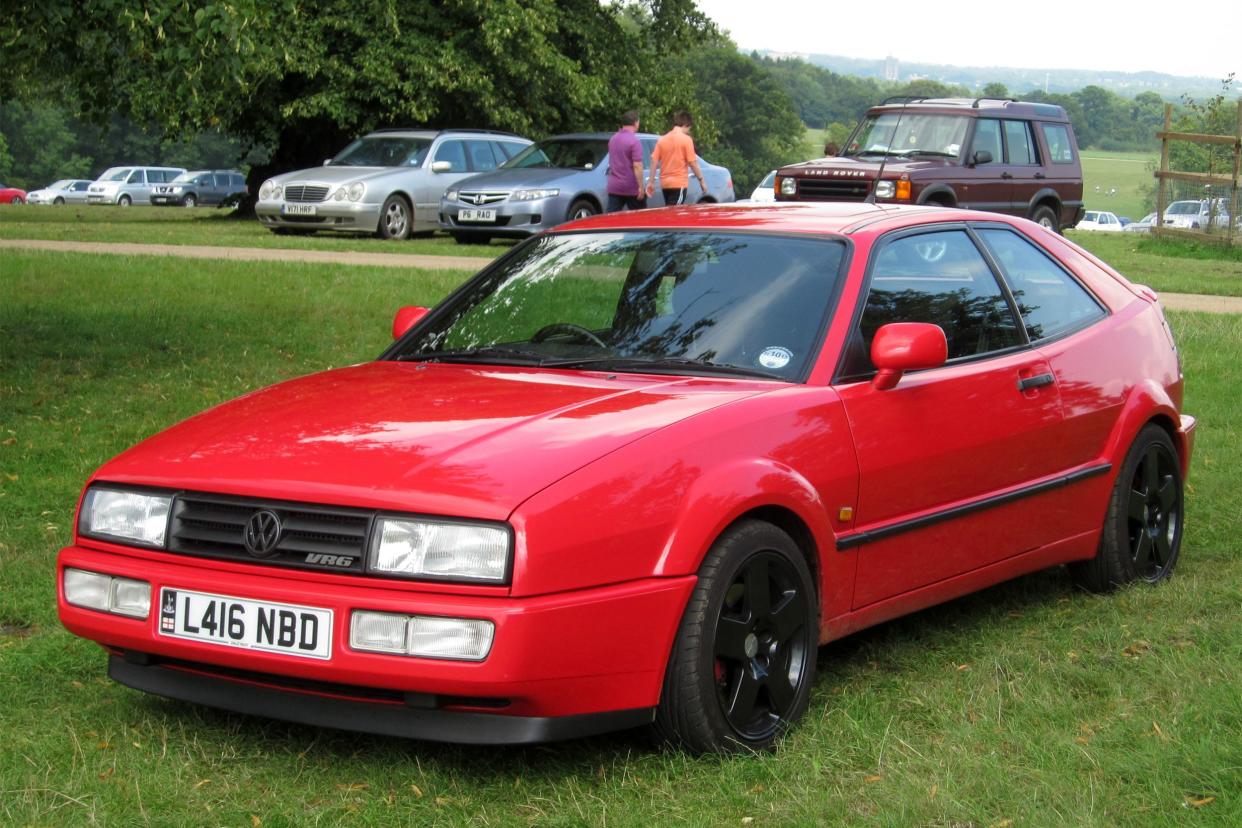
Not all Corrados had the VR6 — in fact, most did not — but those that did enjoyed the narrow-angle V-6 engine that made VW famous for cramming big engines into cars that should have been too small to support them. Only about 18,000 were ever sold in the States, and fewer than 100,000 produced worldwide, but the VW Corrado VR6 stands as one of the greatest sports coupes of all time. Even though America got the 2.8-liter version instead of the 2.9, it still could do zero to 60 in 6.5 seconds in 1992 — and U.S. drivers would have to wait until 2003 to get their hands on another VR6 sports car from VW, the MkIV Golf R32. The Corrado VR6 remains one of the rarest and most beloved coupes on the road.
Related: Classic Car Models That Were Resurrected
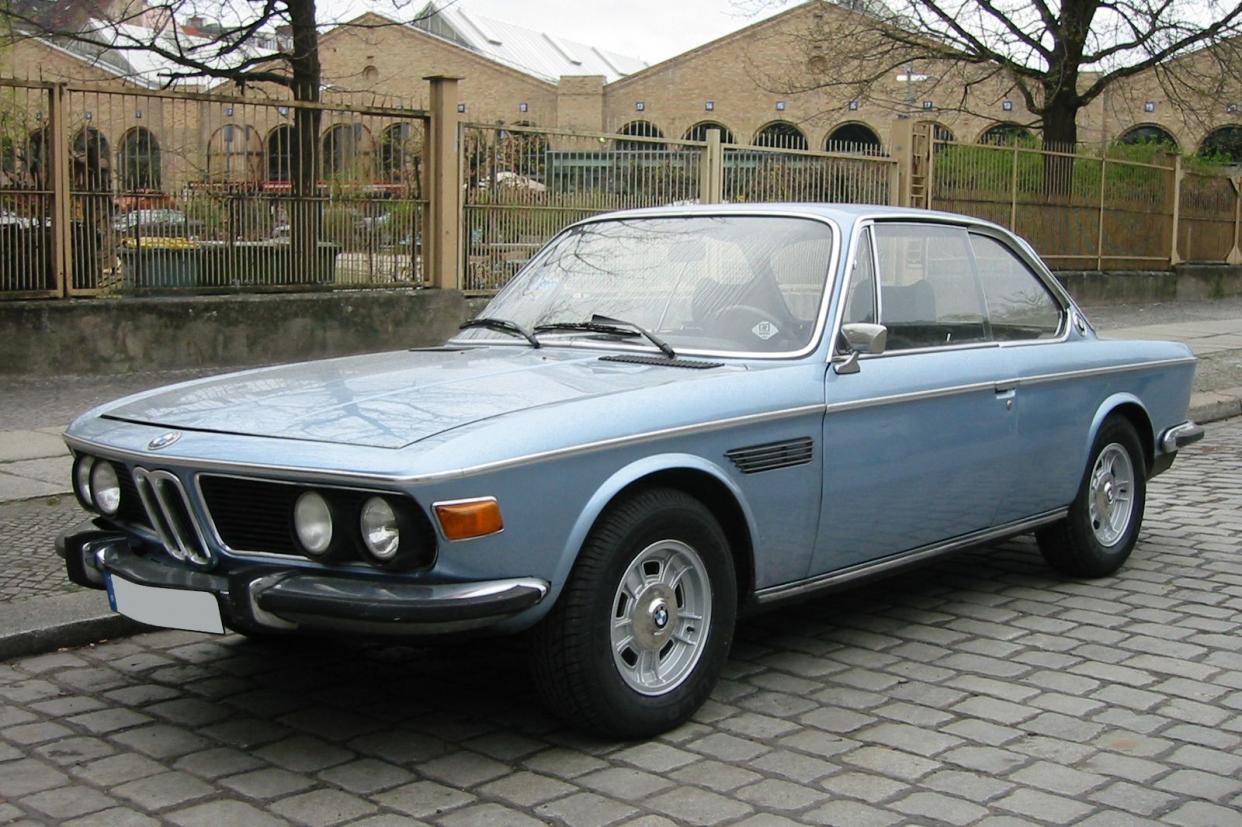
Built for championship racing, fewer than 1,300 BMW 3.0 CSLs were ever made after the original debuted in 1972. Thinner-gauge steel and aluminum construction made it incredibly light, and since soundproofing and trim were jettisoned for weight, it wasn't built to be comfortable; it was built to be light and fast — which it certainly was. To be eligible for the over-3-liter racing division, the engine was rebored to 3,003 cc. Its large air dams, short fins, and tall rear wing combined with its power and weight (or lack thereof) to make it one of the most complete racing machines ever built.
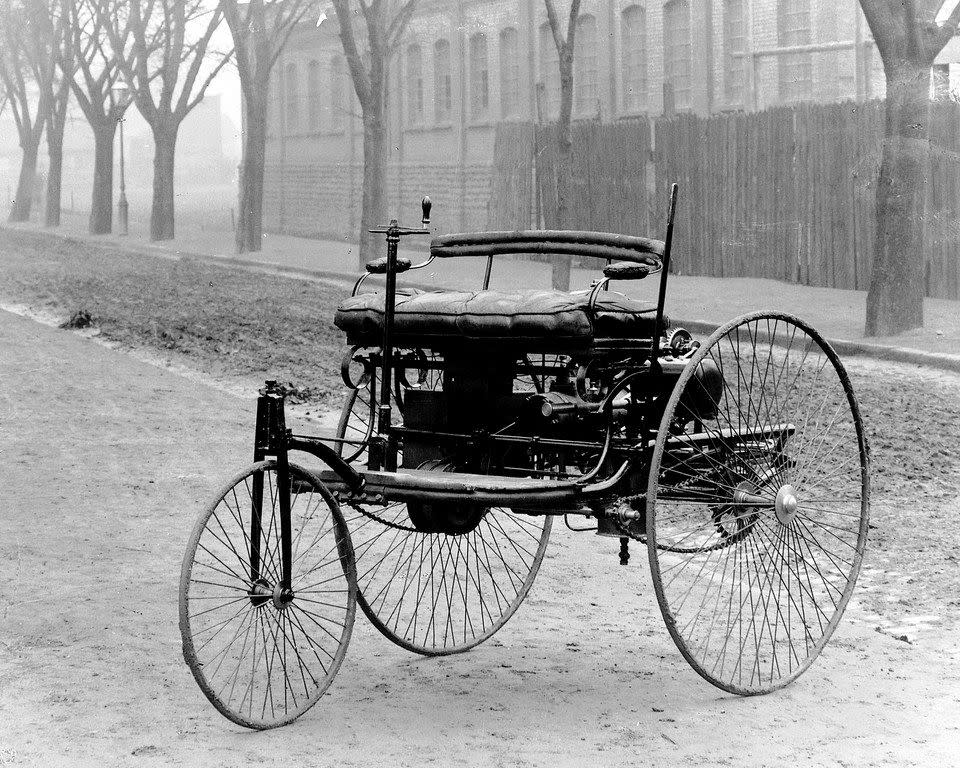
In terms of raising the bar, there can be no argument that the Benz Patent-Motorwagen is the most important German car of all time. Before Karl Benz patented his Motorwagen in 1886, after all, there was no bar to raise. Widely accepted as the first production automobile, it represents the dawn of the era of the personal automobile, which would go on to shape the 20th century and world history. It rode on three wheels, but the real driving force was what powered those wheels: Benz's gasoline-powered four-stroke piston engine, a refined version of the two-stroke engine that he first developed in 1879.
